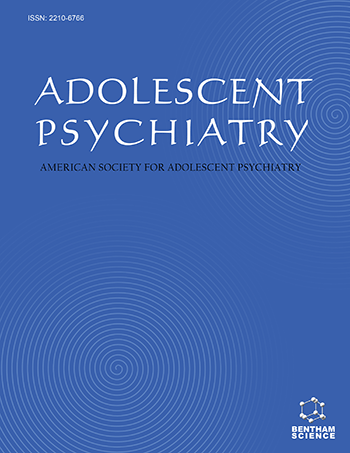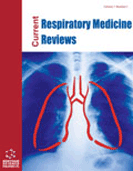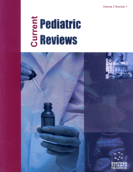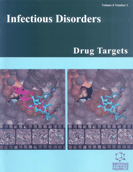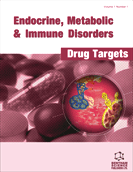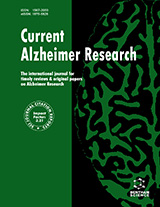Abstract
Background: Somatic symptoms are common in trauma survivors, including those who have experienced sexual abuse. These symptoms sometimes continue or get worse during the course of medical investigations, provoking even more investigation, and leading to a vicious circle involving invasive medical procedures and frustrating attempts at diagnosis and care. In such cases, the symptoms may be considered fulminant.
Method: This article presents a review and analysis of three cases of adolescents presenting with fulminant somatic symptoms.
Results: In each case, the patient’s symptoms resolved when the focus of care shifted from investigation to support for coping. Sexual abuse history had been overlooked during the acute phase.
Conclusions: In such patients, somatic investigation may evoke past trauma. Management should consider a shift in emphasis from investigation to promoting adaptation.
Keywords: Adolescents, medically unexplained conditions, sexual abuse, somatization.
Adolescent Psychiatry
Title:Fulminant Somatization: Medical Investigation in Trauma Survivors
Volume: 4 Issue: 3
Author(s): Gordon Harper and Oommen Mammen
Affiliation:
Keywords: Adolescents, medically unexplained conditions, sexual abuse, somatization.
Abstract: Background: Somatic symptoms are common in trauma survivors, including those who have experienced sexual abuse. These symptoms sometimes continue or get worse during the course of medical investigations, provoking even more investigation, and leading to a vicious circle involving invasive medical procedures and frustrating attempts at diagnosis and care. In such cases, the symptoms may be considered fulminant.
Method: This article presents a review and analysis of three cases of adolescents presenting with fulminant somatic symptoms.
Results: In each case, the patient’s symptoms resolved when the focus of care shifted from investigation to support for coping. Sexual abuse history had been overlooked during the acute phase.
Conclusions: In such patients, somatic investigation may evoke past trauma. Management should consider a shift in emphasis from investigation to promoting adaptation.
Export Options
About this article
Cite this article as:
Harper Gordon and Mammen Oommen, Fulminant Somatization: Medical Investigation in Trauma Survivors, Adolescent Psychiatry 2014; 4 (3) . https://dx.doi.org/10.2174/221067660403140912163502
| DOI https://dx.doi.org/10.2174/221067660403140912163502 |
Print ISSN 2210-6766 |
| Publisher Name Bentham Science Publisher |
Online ISSN 2210-6774 |
 22
22
- Author Guidelines
- Graphical Abstracts
- Fabricating and Stating False Information
- Research Misconduct
- Post Publication Discussions and Corrections
- Publishing Ethics and Rectitude
- Increase Visibility of Your Article
- Archiving Policies
- Peer Review Workflow
- Order Your Article Before Print
- Promote Your Article
- Manuscript Transfer Facility
- Editorial Policies
- Allegations from Whistleblowers
Related Articles
-
Mind-Body Practices and the Adolescent Brain: Clinical Neuroimaging Studies
Adolescent Psychiatry Marijuana and Adolescents: Treatment Strategies for Clinicians
Adolescent Psychiatry Adolescents’ Rights: Better for Promoting Individual Rights or Public Health?
Adolescent Psychiatry Current Understanding of Dyslexia and Pilot Data on Efficacy of a Mindfulness Based Psychotherapy (MBR-RAM) Model
Adolescent Psychiatry Proceedings of the Regional Conference of the International Society for Adolescent Psychiatry and Psychology (ISAPP), a Joint Conference with 18<sup>th</sup> National Symposium of Adolescent Mental Health, Ankara, Turkey, November 21-24, 2013<sup>1</sup>
Adolescent Psychiatry Fostering Resilience: Protective Agents, Resources, and Mechanisms for Adolescent Refugees' Psychosocial Well-Being
Adolescent Psychiatry Cognitive Behavioral Therapy for Adolescents at Clinical High Risk for Psychosis
Adolescent Psychiatry Adult Treatment Informed By Transference-Countertransference Phenomena Typical For Adolescents
Adolescent Psychiatry Changes in Attachment Representations During an Open Trial of a Psychological Intervention for Adolescents with Learning Disorders
Adolescent Psychiatry Early Detection, Intervention, and Prevention of Psychosis Program: Rationale, Design, and Sample Description
Adolescent Psychiatry Editorial: DSM-5 and the Challenge of Understanding and Treating Adolescents
Adolescent Psychiatry Enhancing Evidence Based Practice Implementation: Defining, Training and Evaluating Therapist Competence at Treating Youth Psychiatric Disorders
Adolescent Psychiatry Pharmacologic Treatments in “Prodromal Psychosis:” Making Clinical Decisions in the Absence of a Consensus
Adolescent Psychiatry The Effects of Mindfulness-Based Interventions on Sleep Disturbance: A Meta-Analysis
Adolescent Psychiatry Bipolar Affective Disorder in Young People: A Review
Adolescent Psychiatry Professionalism and Adolescent Psychiatry in the Digital Age
Adolescent Psychiatry Psychopharmacological Interventions for Adolescents with Eating Disorders
Adolescent Psychiatry Editorial: Thinking About Thinking, the Self, and the Adolescent’s Search for Meaning
Adolescent Psychiatry Child and Adolescent Mental Health in the Juvenile Justice System in India: Challenges and Initiatives
Adolescent Psychiatry Group Supervision of Psychoanalytic Psychotherapy with Difficult to Treat Adolescents: Supporting the Therapist and the Therapeutic Alliance
Adolescent Psychiatry


